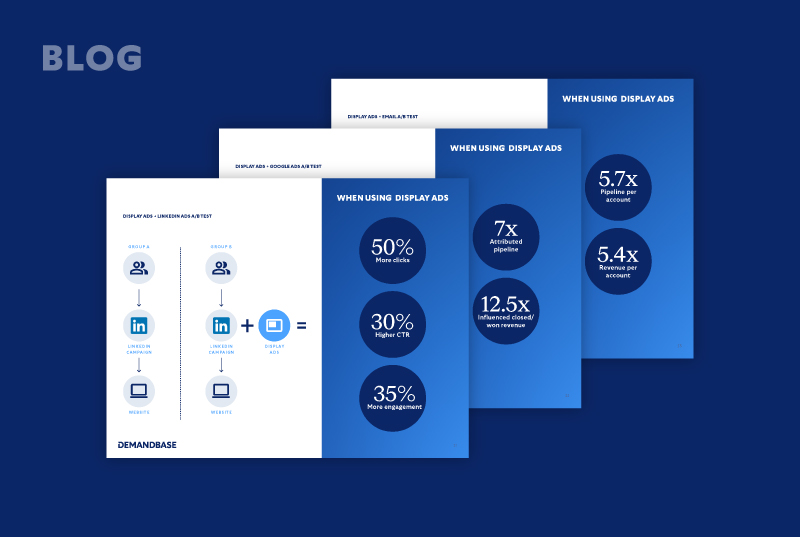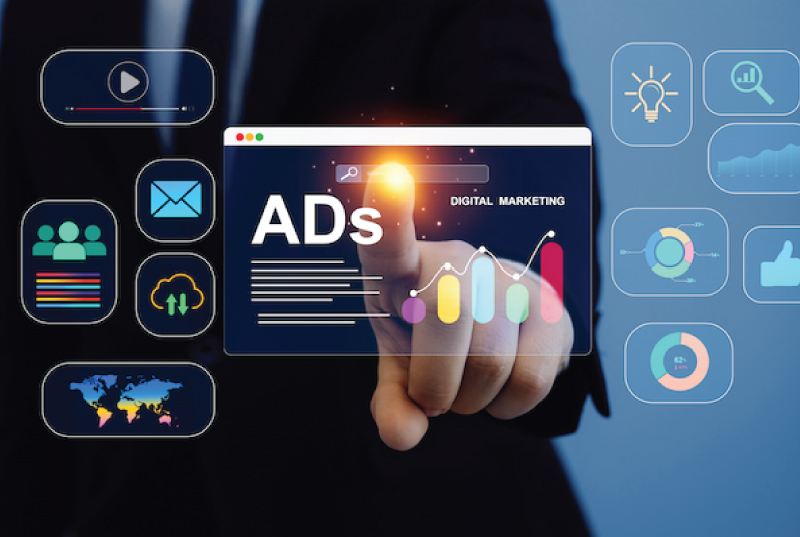Intent Data: The Secret to Knowing Who’s Most Likely to Buy
Get the receipe to leverage your B2B buyer intent data and the steps needed to effectively drive ROI for marketing and sales teams

Hannah Jordan
Digital Marketing Director, Demandbase
What is buyer intent and why is it so important to really understand?
Buyer intent: behavioral information collected about an individual’s online activities, signaling the person’s intent to purchase a product or engage with a service. Put simply, intent data helps us identify buyers who are most likely to purchase our product or service.
If you are in the marketing or sales space, you know about intent.
But are you taking full advantage of the power of high-quality buyer intent data? Are you using it to align sales and marketing around the accounts and buying groups most likely to purchase? Are you leveraging it to improve your go-to-market strategy?
Intent data is easily quantifiable and can act as a trigger to run more personalized and relevant sales and marketing plays. Oh, and it can drive ROI.
Why intent data is an ROI driver
You are presented with two scenarios:
A: Reaching out to a potential buyer with no insight as to their level of interest (or even need) in what you are selling
B: Reaching out to a potential buyer who is curious and researching your solution and/or competitors
Any reasonable sales rep chooses B every day, all day, and twice on Sunday.
Effective outreach to accounts showing intent creates a demonstrable improvement over reaching out to cold accounts who may not be interested in our products or services.
Yet too many sales organizations spend too much time on A — cold outreach. Option B is a huge step in the right direction. We should all be using intent data to help prioritize our time and money on buyers most likely to purchase.
But (there’s a but), many are underutilizing intent data.
At Demandbase, we bucket intent data use cases into three categories:
1. Intent 101: Using intent data to identify priority accounts (70%) — good, but can do even better.
2. Intent 201: Using intent data to identify priority accounts and guide the conversation sales should have (20%) — excellent, but there is still room for more highly-targeted engagement
3. Intent 301: Using intent data to identify priority accounts and identify the most relevant high-value offer based on the research topic (10%) — the optimal approach.
There is much room for improvement on how to most effectively use buyer intent data. As we strive to be more like #3 above, we can track its effectiveness in multiple ways.
Intent allows us to know who is in the market today and who could be looking to purchase later.
Measuring and targeting accounts based on their varying degrees of intent (high, medium, low, trending) gives us insight into where they are in the buyer’s journey and helps prioritize spend per account, timely interactions, account research, and personalized communication based on the level of intent.
“We don’t have an amazing track record in sales and marketing of fully utilizing tactics and technology that we purchase. Showing the value of intent certainly fits the bill. Many don’t take the time to understand and communicate how accounts with various levels of intent convert differently throughout the funnel. These insights help determine the spend level for various intent levels and should be more widely discussed throughout sales and marketing teams.”

Chris Moody
VP, Brand Marketing at Demandbase
Try this 5-step approach in your office
Gather. Segment. Add. Measure. Experiment.
- Gather the Total Addressable Market (TAM) and enter it into Demandbase One™.
- Segment lists into smaller dynamic portions based on their intent levels (High + Trending, Medium, and Low) or any combination that suits your needs. The eventual goal: varying degrees warrant different tactics and varying levels of spend per account. Said another way, the higher the intent, the more resources we dedicate to pursuing their business.
- Add each segment to programmatic campaigns based on the intent levels. This will allow us to distinctly track each type of intent to measure its performance in Step 4. Once we have that baseline, we are able to deploy more advertising spend and highly targeted messaging against the high + trending segment. We want to win the “hot” accounts as quickly as possible while helping to progress all other levels of intent. Treat the medium segment as upper funnel, with brand messaging. Note: never discount low intent (potential future). We must keep those accounts warm — nurture — to create future demand. We’re applying the principles of account tiering here.
- Measure performance throughout the funnel of high, medium, and low intent to understand the impact on deal size, conversion rates, deal velocity, and time to close.
- Experiment with various programs triggered by intent: both trending intent (sudden spikes in research / consumption), and intent surge (spikes from integrated third-party activities).

Hannah Jordan
Digital Marketing Director, Demandbase




